This article was medically reviewed by Luba Lee, FNP-BC, MS and by wikiHow staff writer, Danielle Blinka, MA, MPA. Luba Lee, FNP-BC is a Board-Certified Family Nurse Practitioner (FNP) and educator in Tennessee with over a decade of clinical experience. Luba has certifications in Pediatric Advanced Life Support (PALS), Emergency Medicine, Advanced Cardiac Life Support (ACLS), Team Building, and Critical Care Nursing. She received her Master of Science in Nursing (MSN) from the University of Tennessee in 2006.
There are 7 references cited in this article, which can be found at the bottom of the page.
This article has been viewed 159,561 times.
Treating a yeast infection on your skin is simple, and most infections clear up after a few weeks. Yeast grows naturally in and on your body, but sometimes your system has an imbalance that leads to a yeast infection. If you get one, you'll want immediate relief. While the infection is bothersome, it's also highly treatable if you identify a yeast infection, address the causes, and apply topical treatments.
Steps
Identifying a Yeast Infection
-
1Look for red, scaly patches. A yeast infection often looks like a rash that has a scaly surface. It will be dark red or pink, with pimple-like bumps spread throughout. Your rash could be small or widespread across a large affected area, so don't dismiss your redness just because it's small.[1]
- Sometimes the patches will look circular, but they can also be more formless.
- Check in warm, moist locations on your body.
- The center of each patch might become lighter in color or shade than the rest of the patch.
-
2Notice if you're scratching your red patches. A yeast infection on your skin will cause itching and possibly burning, so consider how often you catch yourself scratching the area or adjusting your clothes to help you find relief. If your rash is not itching, then it may not be a yeast infection.[2]
- Itching alone does not mean that your rash is a yeast infection.
- If the infection is on your foot, you may notice that the itching becomes worse after you take off your shoes or socks.
Advertisement -
3Look for red pustules. The red pustules may resemble small pimples and are most likely to occur around the edge of your red patch. Itching makes the pustules worse, and scratching can cause them to ooze.[3]
-
4Consider the location of the rash. Yeast infections are more likely to occur on skin that is warm and moist, such as the areas under your arms, around your groin, the folds beneath your buttocks, under your breasts, on your feet, or between fingers and toes. Yeast especially thrives in the folds of skin, such as under breasts or around skin folds.[4]
- Warm, moist places are more likely to be effected by a yeast infection.
- Take a closer look at redness near skin folds.
-
5Check your risk factors. People who are obese, have diabetes, are taking antibiotics, or have a weakened immune system are more likely to get a yeast infection. Yeast infections are also more common if a person has been experiencing poor hygiene or wears tight clothing.[5]
- Hot, humid weather is also a risk factor for yeast infections, so consider the environment and season.[6]
Applying Topical Treatments
-
1See your doctor. Your doctor can examine your skin cells under a microscope to give you the most accurate diagnosis, ensuring that you're on the right treatment plan.[7] Yeast infections can require a prescription anti-fungal to properly heal, which you will need to obtain from a doctor.[8] Your doctor can prescribe you both a topical cream and an oral antifungal.[9]
- There are many skin disorders that look similar to yeast infections, such as seborrheic dermatitis, psoriasis, contact dermatitis, or Lyme disease. Your doctor will be able to tell you for certain if you have a yeast infection or one of these other conditions.
-
2Try a natural treatment method. Coconut oil and tea tree oil are both commonly available natural antifungals that you can use on your yeast infection. Both coconut oil and tea tree oil kill fungi, including yeast.
- To use coconut oil, smooth it onto your skin 3 times a day. You should see reduced redness after about a week of treatment.
- To use tea tree oil, apply 2-3 drops of oil onto your infection 3 times a day. Expect the treatment to take a few weeks before you see results.
-
3Use over-the-counter antifungals. You can purchase several topical antifungals over-the-counter that will treat your yeast infection. While you will commonly find them in the department that specializes in foot care, you can treat your yeast infection with some of the same products used to treat athlete's foot. Try antifungals like clotrimazole, such as Lotrimin AF, or miconazole, which includes Desenex or Neosporin AF. These antifungal brands are widely available at department stores and online retailers.[10]
- Smoothe the product over the entire affected area.
- Reapply twice daily.
- You may not see an improvement until 2-4 weeks of treatment have passed.
- Consult your product packaging for more information.
Addressing the Causes
-
1Keep your skin dry. When possible, allow air to circulate around the affected area by wearing loose clothing or leaving the area uncovered. Because of the locations where yeast thrives, it's not always possible to air it out; however, it's still possible to take steps to keep the area dry.[11]
- Avoid hot, humid areas.
- Towel off throughout the day.
- If you can, allow air to circulate around your skin. Don't bandage the area, and choose clothing that either leaves the area uncovered or hangs loosely around it.
-
2Use moisture-absorbing powders. Cornstarch and talcum powders soak up moisture, including sweat. They can also act as a soothing agent on your skin, which will improve your comfort level while your rash heals. You can find several options available on the market, or you can choose to use basic cornstarch.[12]
- Avoid breathing in the powder.
- Some people are concerned that using talcum powder around the genital area in women can lead to ovarian cancer, so you may want to minimize your use of the powder if your yeast infection is near your groin.[13]
-
3Wear loose, moisture-wicking clothing. Choose breathable clothing options such as natural fibers or moisture-wicking microfiber. Avoid tight-fitting clothes, which encourage yeast to grow.[14]
- Try to wear cotton underwear and socks. Cotton may be able to help prevent yeast infections because it is breathable.[15]
- Avoid layering your clothing on warm days. On cold days, wear more layers so that you can take off heavy clothing when you're indoors.
-
4Use good hygiene. Good hygiene is essential for healing and preventing yeast infections; poor hygiene can actually make your yeast infection worse. In addition to taking regular showers or baths, you can use disposable cleaning cloths to refresh yourself after you get sweaty.[16]
-
5Control your blood sugar if you are diabetic. Fungal infections, such as yeast infections of the skin, are common in people with diabetes. If you have diabetes, make sure that you keep your blood sugar under control and keep your skin clean and dry.
- Follow your doctor's instructions for controlling your blood sugar and take any prescribed medications as directed.
Warnings
- See a doctor if your infection persists.⧼thumbs_response⧽
References
- ↑ http://www.webmd.com/skin-problems-and-treatments/guide/fungal-infections-skin#3-19
- ↑ http://www.webmd.com/skin-problems-and-treatments/guide/fungal-infections-skin#3-19
- ↑ http://www.merckmanuals.com/home/skin-disorders/fungal-skin-infections/candidiasis-yeast-infection
- ↑ http://www.webmd.com/skin-problems-and-treatments/guide/fungal-infections-skin#3-19
- ↑ http://www.merckmanuals.com/home/skin-disorders/fungal-skin-infections/candidiasis-yeast-infection
- ↑ http://www.merckmanuals.com/home/skin-disorders/fungal-skin-infections/candidiasis-yeast-infection
- ↑ http://www.merckmanuals.com/home/skin-disorders/fungal-skin-infections/candidiasis-yeast-infection
- ↑ http://www.webmd.com/first-aid/yeast-infection-skin-rash-treatment#1
- ↑ http://www.merckmanuals.com/home/infections/fungal-infections/candidiasis
- ↑ http://www.merckmanuals.com/home/infections/fungal-infections/candidiasis
- ↑ https://medlineplus.gov/ency/article/000880.htm
- ↑ https://medlineplus.gov/ency/article/000880.htm
- ↑ https://www.cancer.org/cancer/cancer-causes/talcum-powder-and-cancer.html
- ↑ http://www.merckmanuals.com/home/skin-disorders/fungal-skin-infections/candidiasis-yeast-infection
- ↑ http://www.webmd.com/women/guide/10-ways-to-prevent-yeast-infections
- ↑ http://www.merckmanuals.com/home/skin-disorders/fungal-skin-infections/candidiasis-yeast-infection
About This Article
To treat a yeast infection, see your doctor first for an accurate diagnosis. Your doctor may prescribe you medication, which you should take according to their instructions. If you want to try treating the infection on your own, try applying coconut oil or tea tree oil to the affected area 3 times a day. Since these oils are anti-fungals, you should see a reduction in redness after about a week. You can also purchase an over-the-counter anti-fungal, such as clotrimazole or miconazole, which you should apply to your skin twice daily for 2 to 4 weeks. During your treatment, try to keep the affected area dry by wearing loose clothing so air can circulate and avoiding applying a bandage. Soak up moisture by applying talcum powder or corn starch, which can help soothe your skin. For tips from our Medical co-author on how to identify a yeast infection, keep reading!
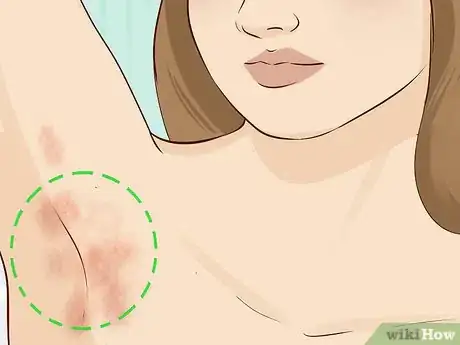
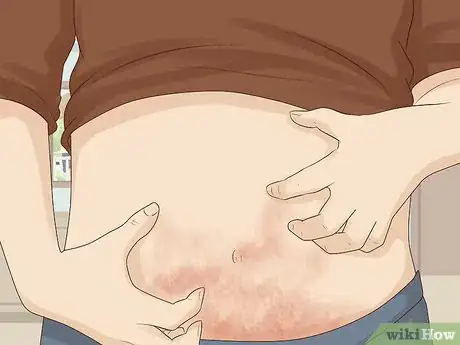
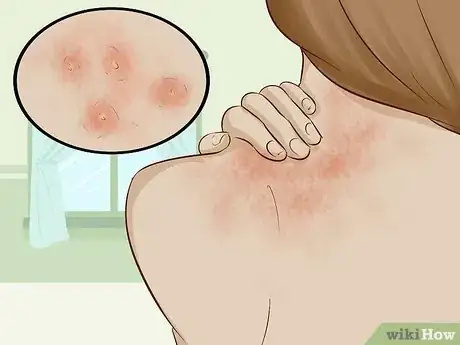





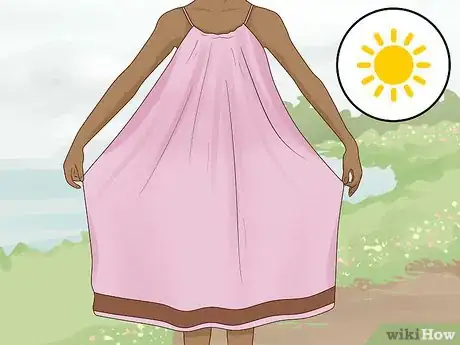

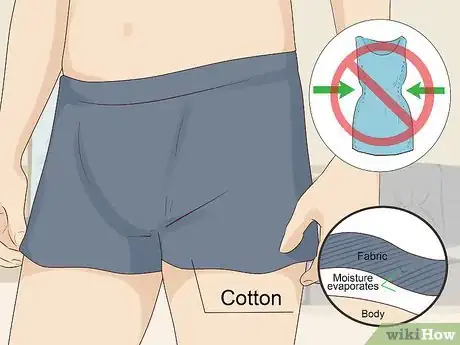
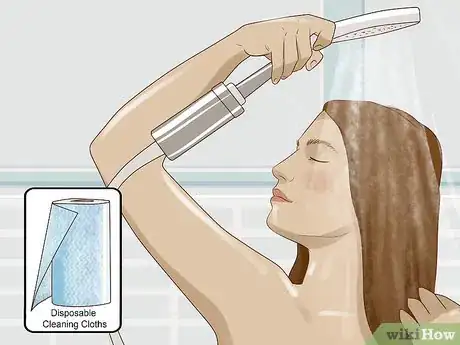
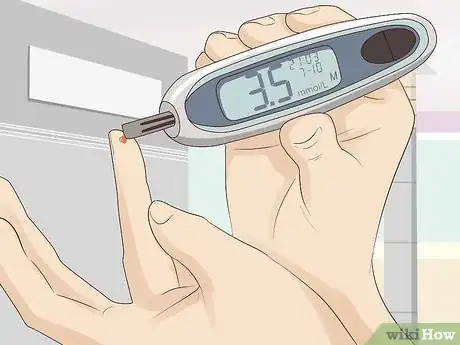

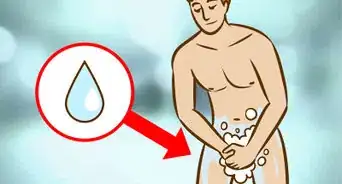





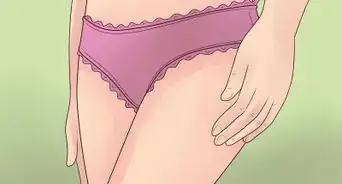

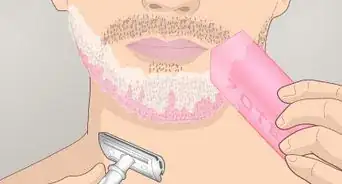












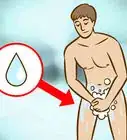






































Medical Disclaimer
The content of this article is not intended to be a substitute for professional medical advice, examination, diagnosis, or treatment. You should always contact your doctor or other qualified healthcare professional before starting, changing, or stopping any kind of health treatment.
Read More...